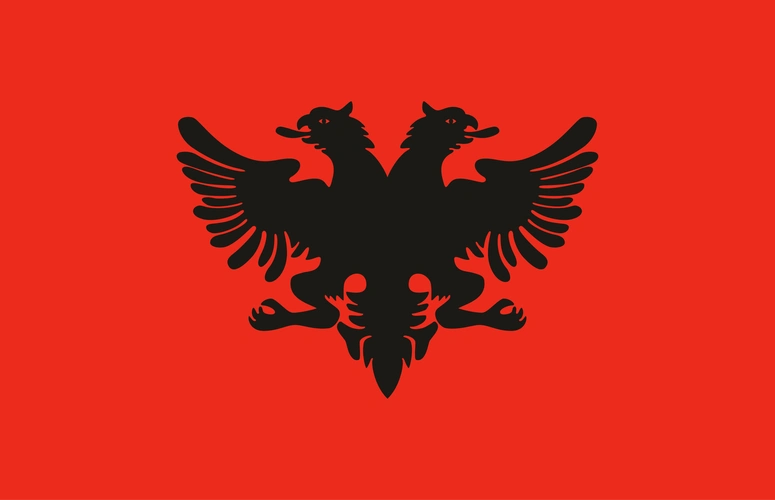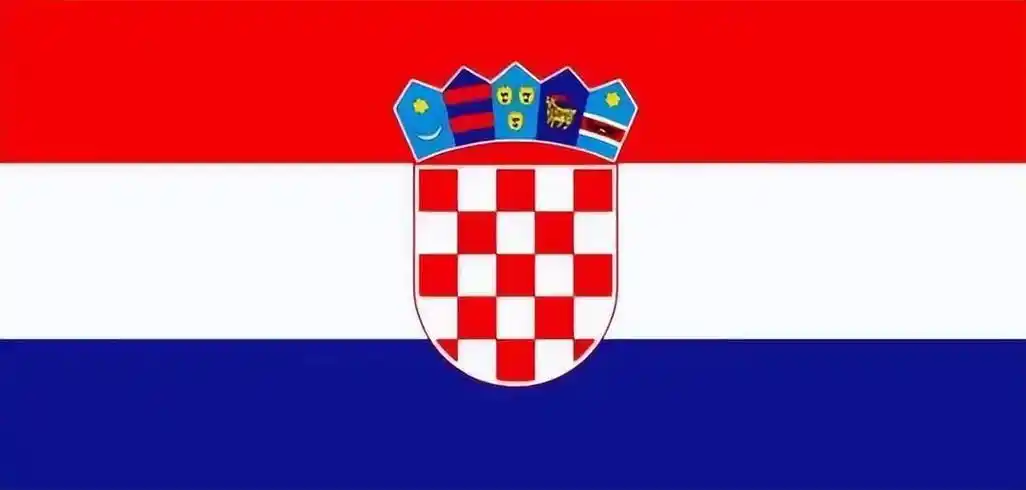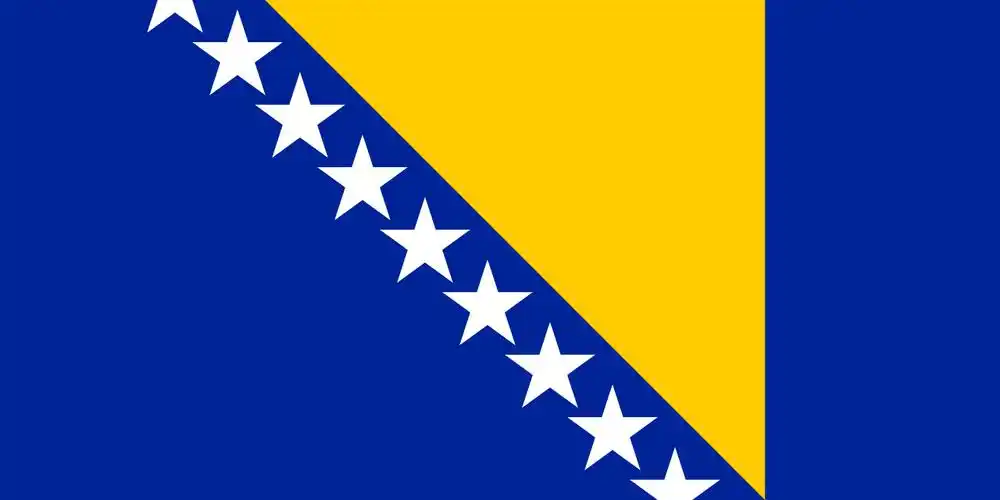Overview of Investment in Albania

Overview of Investment in Albania
The Republic of Albania is located in the western part of the Balkan Peninsula in Southeast Europe, bordering Montenegro, Serbia, and North Macedonia to the north, Greece to the south, and the Adriatic Sea to the west. It faces Italy across the Strait of Otranto. Its land area is about 28700 square kilometers, with mountains and hills accounting for 77% of the total area, plains accounting for 23%, forest coverage of 36%, and a Mediterranean style subtropical climate. The average annual rainfall is about 1300 millimeters.
Population and Ethnicity
As of January 2023, the population of Albania is approximately 2.76 million, of which 98% are Albanians and the rest are ethnic minorities such as Greeks and Romanians. The official language is Albanian, with Islam being the predominant religion (56.7%), followed by Eastern Orthodoxy (6.6%) and Catholicism (10.1%).
Political system
In 1991, it was renamed as the "Republic of Albania" and implemented a parliamentary republic system. The President was the head of state and was elected by the parliament for a term of five years. The current president is Bajram Begaj, who took office in July 2022.
Economic Overview
Industrial structure: Agriculture accounts for about 5% of GDP, with light industrial products (such as textiles and shoes) and resource-based products as the main industries. The service industry (especially tourism) is an important driving force for economic growth.
Foreign economy: It has long relied on aid from the Soviet Union and China, but its ability for independent development has been limited due to excessive reliance on external funding and technology input. In recent years, attempts have been made to attract foreign investment through the development of tourism (such as visa free policies) and the establishment of duty-free zones, but have been greatly impacted by the global pandemic.
Per capita GDP: 6803 US dollars in 2022, which is at a relatively low level among European countries.
Historical background
After gaining independence in 1912, it was under the rule of the Ottoman Empire for a long time, and after liberation in 1944, a republic was established. The socialist system was implemented in 1946 and transformed into a capitalist country in 1991. During this period, it experienced a rupture with the Soviet Union (1961) and a breakdown in relations with China (late 1970s), resulting in a prolonged state of international isolation. In recent years, efforts have been made to integrate into the European integration process through mechanisms such as joining the Eastern Partnership of the European Union.
The economic profile of Albania includes its GDP growth, major economic indicators, industrial structure, and foreign trade situation.
GDP growth and major economic indicators
In 2024, Albania's GDP grew by 4.0% year-on-year. After deducting price factors, the actual GDP for the whole year increased by 4.0% year-on-year, and the initial nominal GDP per capita was 9995 US dollars. In the fourth quarter of 2024, Albania's GDP grew by 3.6% year-on-year, slowing down from the revised 4.2% in the previous quarter, marking the weakest economic growth since the first quarter of 2023.
industrial structure
Albania's industrial structure is dominated by agriculture, industry, and services. In terms of agriculture, Albania aims to develop organic agriculture, with main agricultural and livestock products including vegetables, grains, potatoes, olives, etc. In terms of industry, the main sectors include food, textiles, wood, petroleum, cement, and mining. The service industry plays an important role in the Albanian economy, especially in the tourism and service sectors.
foreign trade
In 2024, the bilateral import and export volume of goods between China and Albania was 1341.7843 million US dollars, a year-on-year increase of 5.3%. Among them, China's total export value of goods to Albania was 1137.2036 million US dollars, a year-on-year increase of 3.9%; The total value of imported goods from Albania was 204.5807 million US dollars, a year-on-year increase of 13.6%. The export value reached its peak in May, and the import value reached its peak in September.
Geography and Population
Albania is located in Southeast Europe, with an area of approximately 28700 square kilometers and a population of approximately 2.76 million (as of January 2023). Albanians account for 98%, with major ethnic minorities including Greeks, Romanians, Macedonians, and Roma. The official language is Albanian, and the main religions include Islam (56.7%), Eastern Orthodoxy (6.6%), and Catholicism (10.1%).
The investment prospects in Albania are generally very optimistic, especially in terms of the real estate market and economic development.
Investment prospects in the real estate market
The real estate market in Albania has shown a thriving trend in recent years, especially in the capital city of Tirana. Both old apartments and newly built real estate development projects can be found here. New real estate development projects are emerging like mushrooms after rain, although a development project usually only includes a few buildings, there are also large-scale development projects, but they are not common. At present, it is very difficult to find newly developed apartments with a unit price below 70000 euros. According to relevant data statistics, the real estate market in Albania has grown by 40% year-on-year from 2023 to 2024. This growth trend indicates that Albania's real estate market has enormous investment potential.
Economic Development Prospects
Despite escalating geopolitical tensions and uncertainty ahead of this year's parliamentary elections, Albania's solid economic prospects are supported by significant net foreign direct investment (FDI), remittance inflows, and rapidly growing service exports. It is expected that Albania's real GDP growth rate will remain above 3% by 2028, driven by investment and consumption. In addition, Albania also has broad prospects in technological innovation and green technology development, and the government has provided strong support for technology research and development and talent team building.
investment environment
Albania has experienced strong development after the pandemic and has become a very attractive destination for foreign investment, mainly from Italy and Austria. Despite Albania's complex past on the international stage, especially after receiving long-term aid from the Soviet Union and China, its economy has not yet escaped poverty. However, in recent years, its economic situation has significantly improved.



